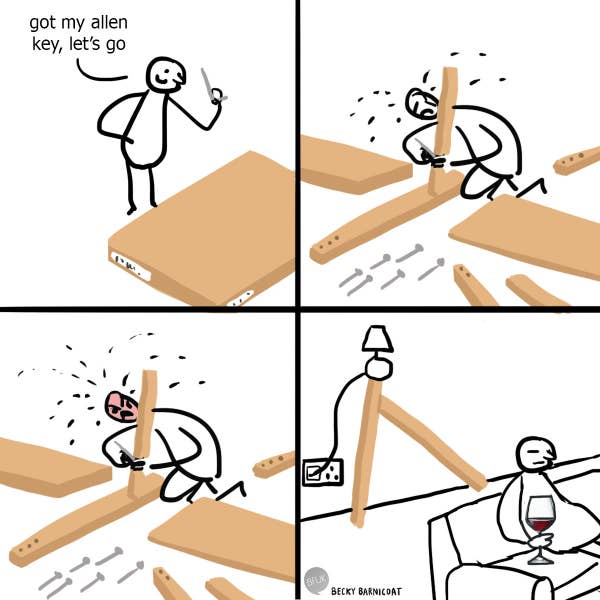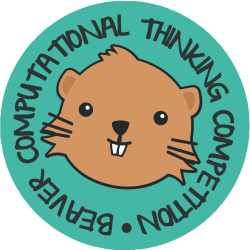Have you ever faced a complex problem that seemed overwhelming to solve? Perhaps you were stuck on a challenging task and didn’t know where to begin. Don’t worry; we’ve all been there!
But what if I told you that there’s a problem-solving approach that can help you conquer these obstacles with ease? Yes, it’s true! It’s called computational thinking. It’s a problem-solving approach that helps us find clear and step-by-step solutions to complex problems.
In this blog post, we’ll explore the four skills of computational thinking that will empower you to break down complex problems, identify patterns, focus on what matters, and create step-by-step plans.
Let’s get started!
1. Decomposition
Decomposition is the skill of breaking down complex problems into smaller, more manageable parts.
You can think of it as taking a big problem and breaking it into smaller pieces.
Here’s how you can understand decomposition:

Try teaching someone, like a friend or family member, how to perform a simple task such as brushing teeth or making breakfast. Break down the task into small, simple steps and make sure to give clear instructions.
By doing this activity, you'll realize how important it is to give precise instructions and consider every step required to complete the task.
Decomposition is a valuable skill for tackling larger tasks in the future. It helps us assess problems and figure out all the steps needed to accomplish a task, which is essential for time management and working in groups.
2. Pattern Recognition
Pattern recognition involves identifying patterns or similarities in problems or solutions that we have encountered before.
Recognizing patterns helps us solve problems more efficiently and learn from our previous experiences.
Here are some examples:

When building something, like a piece of IKEA furniture, you may notice that it gets easier and faster as you repeat similar steps.
This is because you recognize the patterns and know how to solve the instructions more quickly.
In everyday life, there are patterns all around us.
For example, the repetitive actions of eating, chewing, and swallowing follow a pattern.


Students can learn about patterns through activities like exploring musical patterns, recognizing patterns in colored blocks, or observing patterns in multiplication charts or the periodic table.
LEGO enthusiasts can also use their building skills to identify repeated patterns in LEGO sets, which helps develop pattern recognition abilities.

3. Pattern Abstraction
Pattern abstraction involves focusing on relevant details and ignoring irrelevant information when solving a problem.
It helps us identify the essential elements needed to find a solution. An example of pattern abstraction can be seen in escape rooms:

Escape rooms challenge participants to solve puzzles and riddles to escape within a time limit. To succeed, participants must distinguish between relevant and irrelevant details among the props and clues provided.
Similarly, in a classroom setting, students can engage in escape room activities that require them to identify crucial information while disregarding irrelevant elements.
Younger students can practice pattern abstraction through building activities, where they need to select the important pieces for a design while ignoring irrelevant ones.
4. Algorithm Design
Algorithm design involves creating a set of step-by-step instructions or rules to achieve a specific outcome consistently.
This skill helps us plan and organize our problem-solving process.
Here’s an example to understand algorithm design:

Imagine you’re asked to write down the steps for making a peanut butter and jelly sandwich.
Each student writes their own set of instructions and then exchanges them with another student.
Following only the given instructions, they attempt to make the sandwich.
This activity shows the importance of including clear and specific directions in an algorithm.
Simple steps like “using a knife” or “putting the pieces of bread together” can make a significant difference in achieving the desired outcome.

Computational thinking skills, including decomposition, pattern recognition, pattern abstraction, and algorithm design, are valuable not only in computer science but in many aspects of our lives.
These skills help us break down complex problems, find patterns, focus on relevant details, and create clear step-by-step plans
To access relevant information, check out the following blogs:
- Kangaroo Math Blog for Mathematics
- Kancil Science Blog for Science
- Beaver Computational Thinking Blog for Computer Science
- Kijang Economy Blog for Economics





